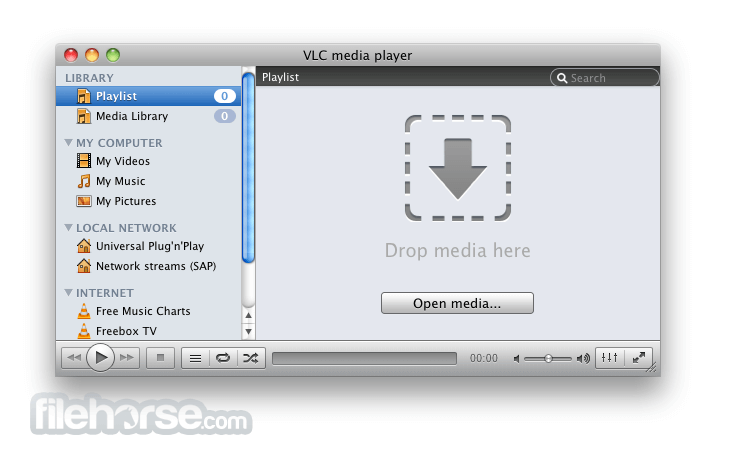

If you do find yourself with an Xvid file - which could be in a format like MP4 or AVI - then the good news is that it should be fairly easy to play on just about any device. New and improved video codecs such as H.264 (which is also based on MPEG-4, but a different part of it) have arrived and taken over, and unless you’re dealing with legacy files or a specific use case, you shouldn’t need to deal with Xvid.īut it’s that rarity in needing to deal with them that can make them confusing to handle, which is why we’re writing this guide. The Xvid codec has been around for more than 20 years now, and in truth isn’t used all that much any more. One basic example of such a trick would be only storing the differences between two video frames, rather than storing each frame in its entirety.

This is done through a variety of tricks that the human eye can’t really see, in the same way that JPEG files reduce the size of images while keeping quality levels high ( enough). Xvid can reduce raw video files by as much as 200 times without any huge visible loss in quality. On the phones and laptops and websites of today, consumers aren’t really thinking about what format their videos are in or what compression algorithms they’re using (though the back-end developers most definitely still are). In those early days, every last byte mattered in terms of bandwidth or storage space, much more so than it does now - for that reason, codecs and their various technicalities were talked about a lot more too. These codecs and associated formats started to become much more widely used in the 2000s as computers and internet connections started becoming capable of working with serious amounts of video. Xvid is open source and available to use for free, which is a key part of its history: It was originally developed as a rival to the proprietary, not-free DivX, which is a term a lot of older video nerds will be familiar with.


 0 kommentar(er)
0 kommentar(er)
